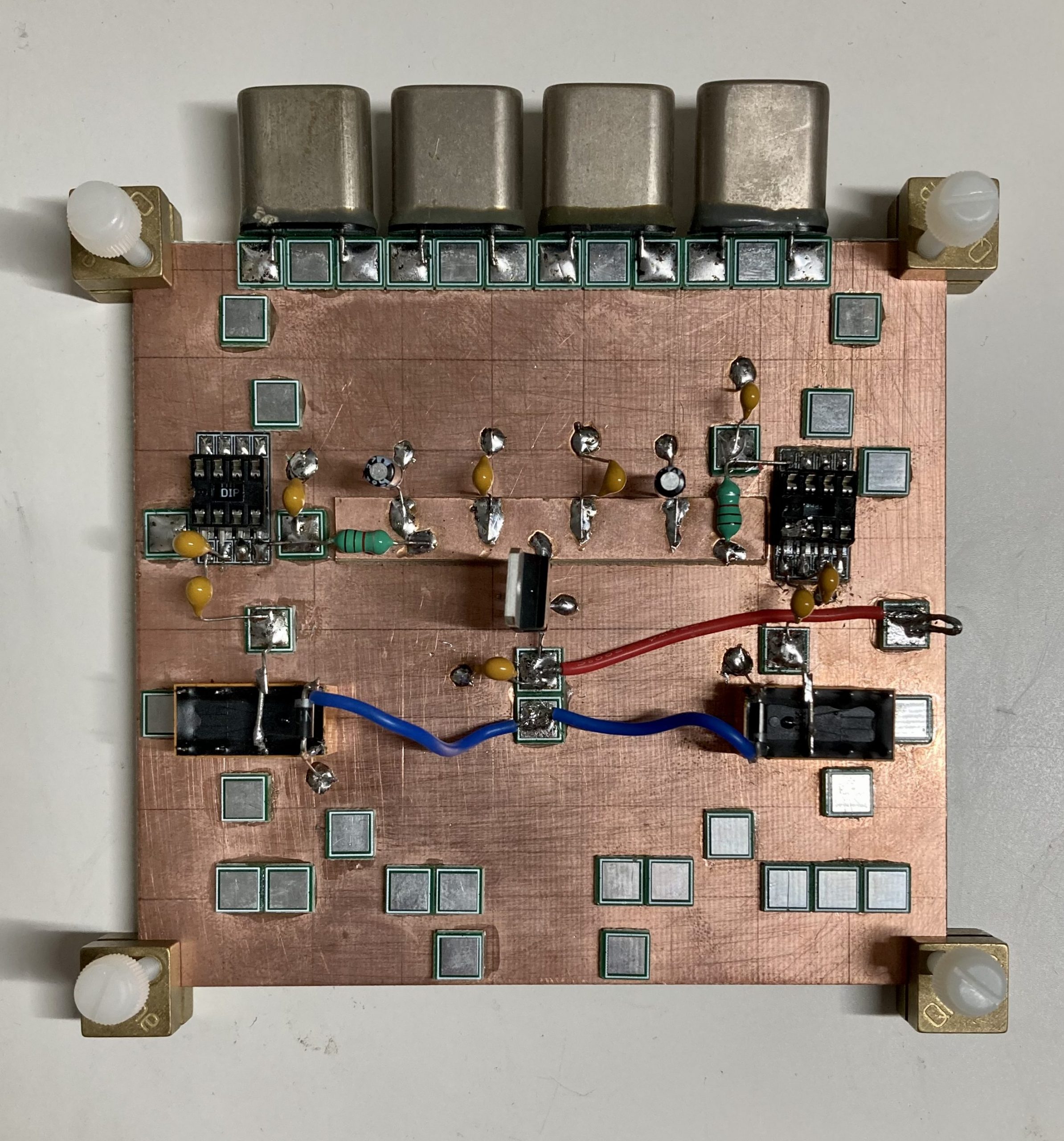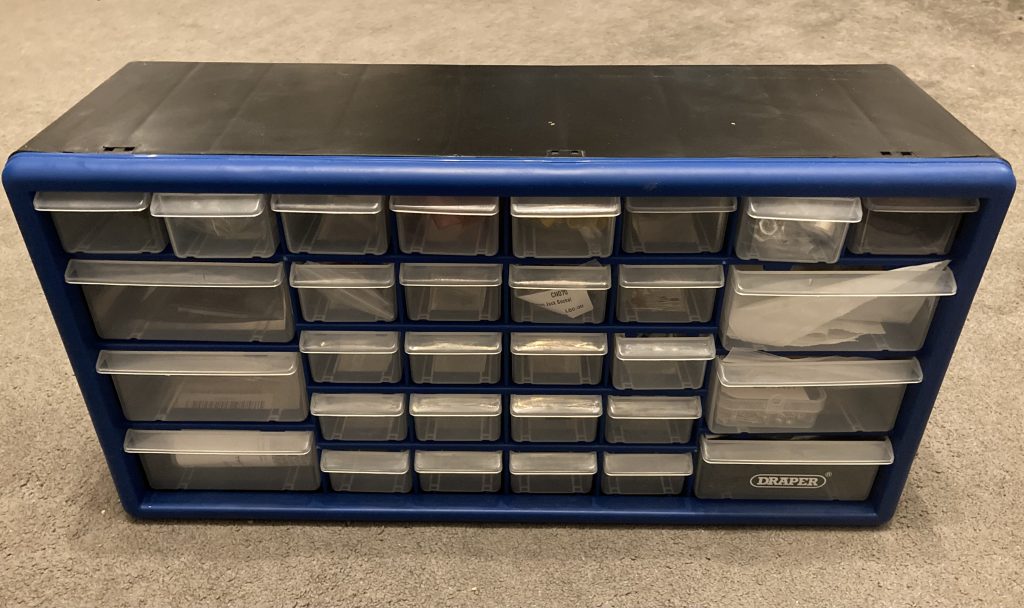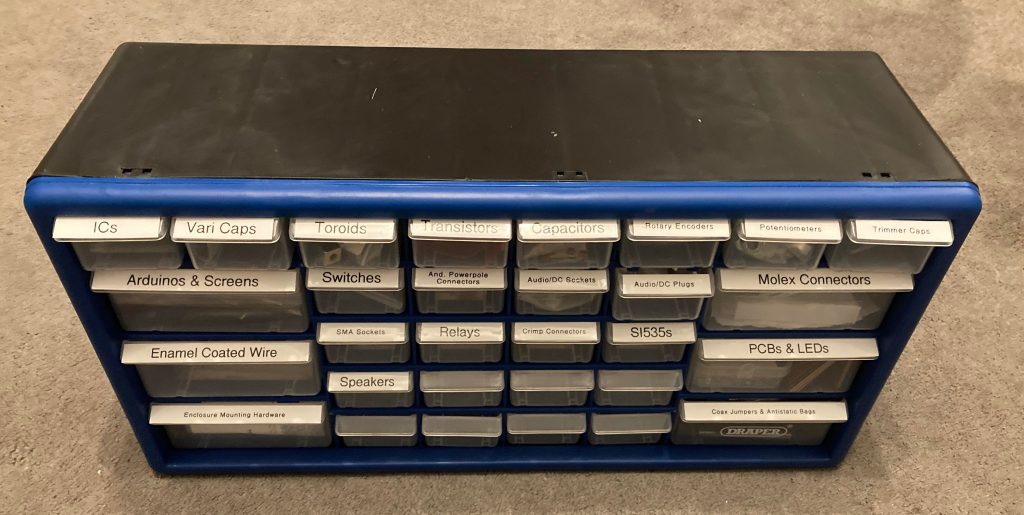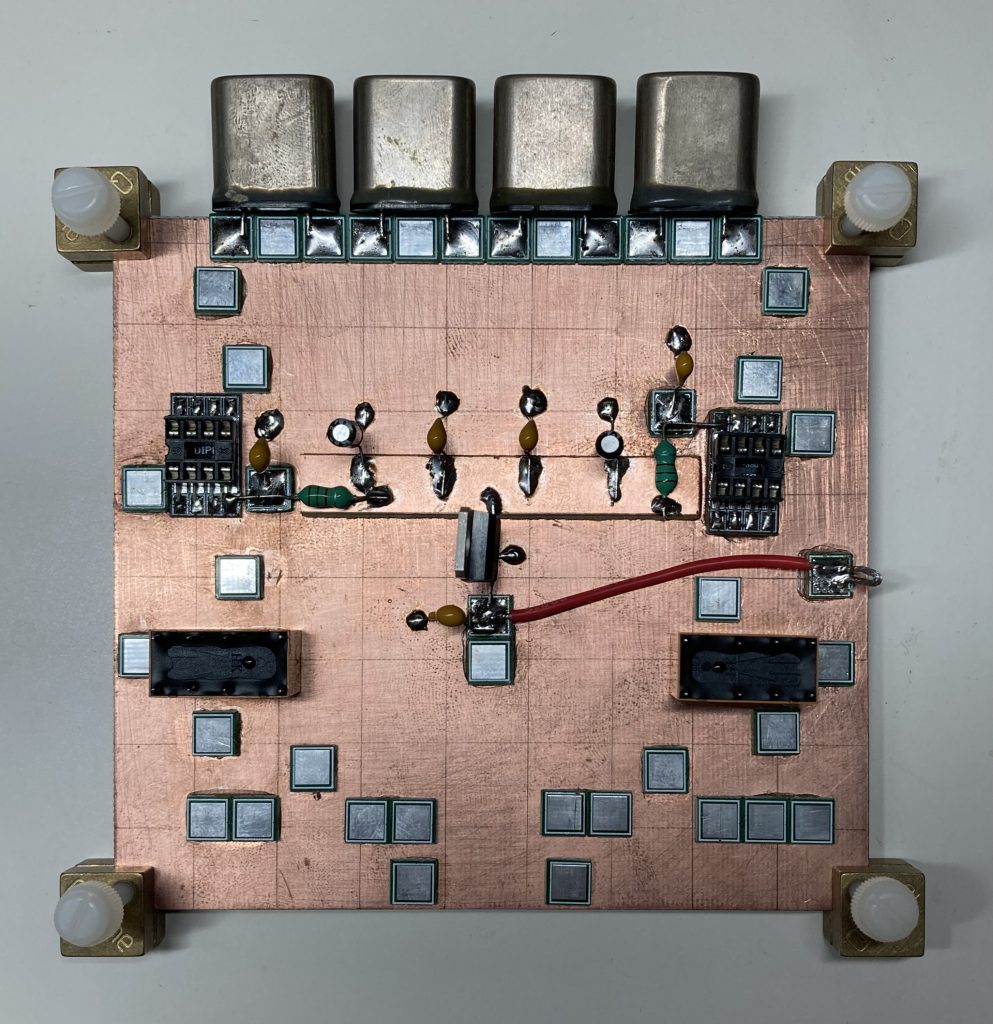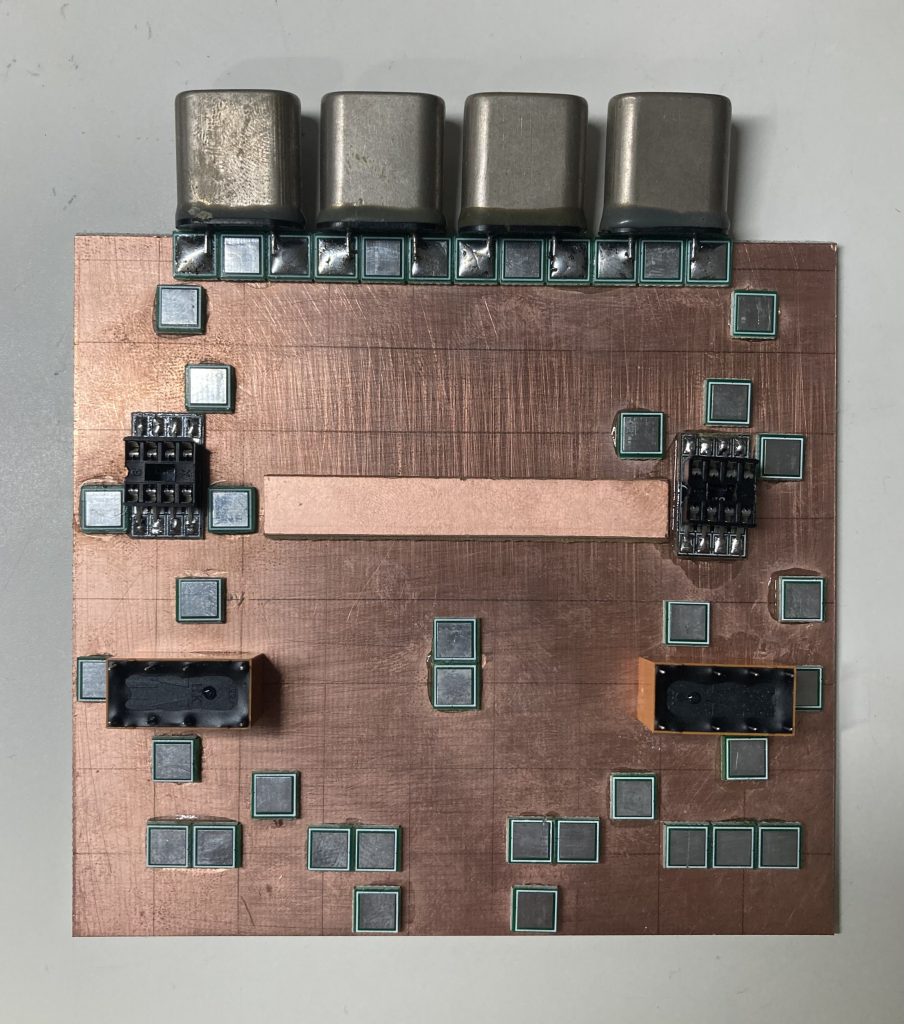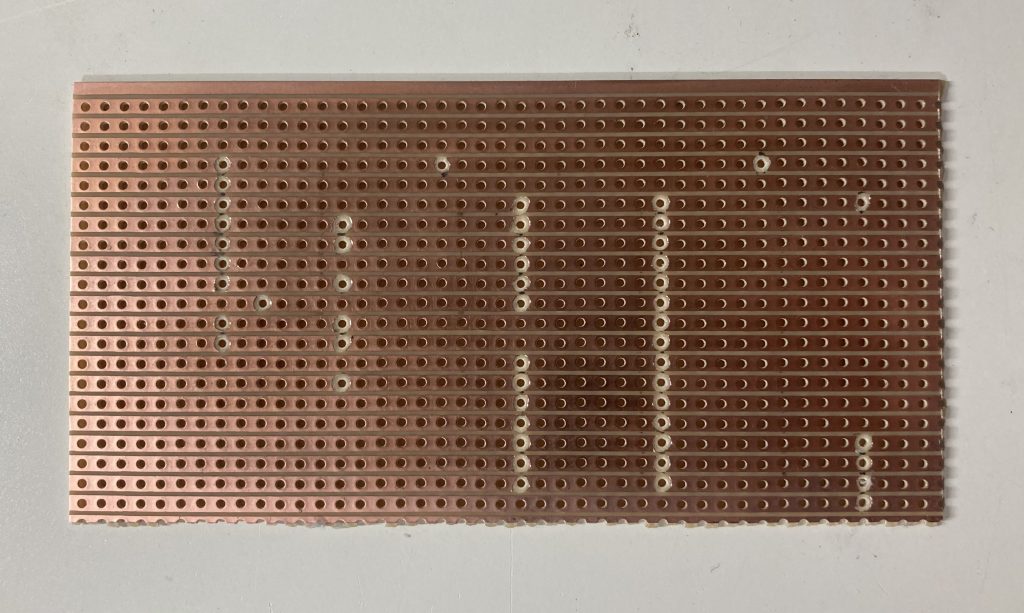I’ve made a little progress on the IF board and started wiring up the relays, I also confirmed that they switch as expected with 12v. For the wiring, other than the 12v line, I used offcuts from components, however I’m not convinced that was the best move as it was somewhat tricky soldering them on to the relay and I’m concerned that I don’t have the best connections. I’ll take another look and if I don’t think they are good enough I’ll give them another go.
